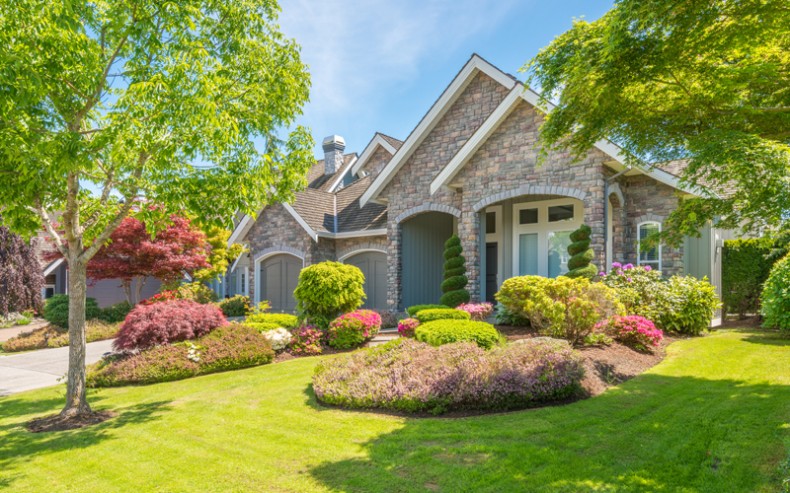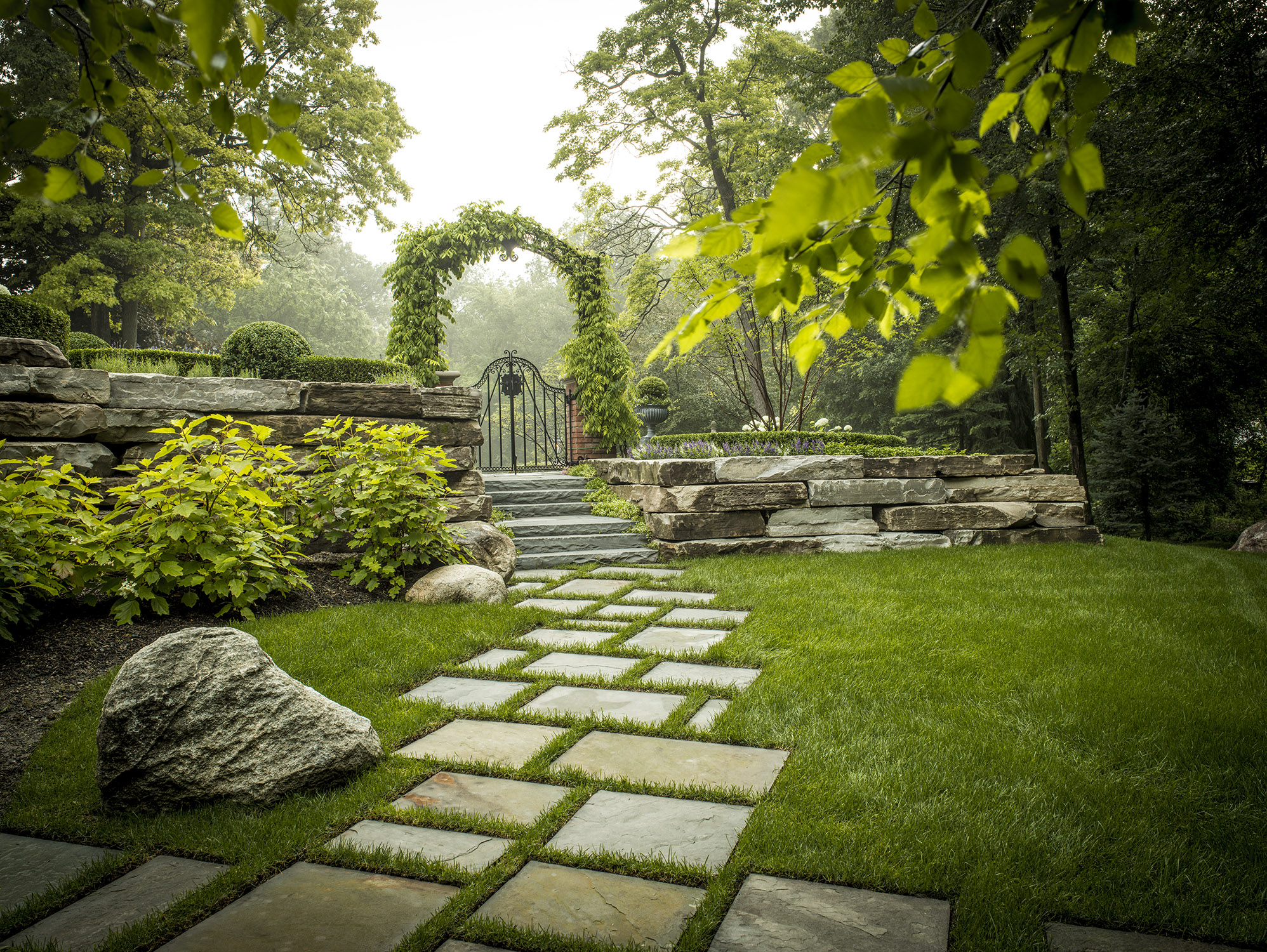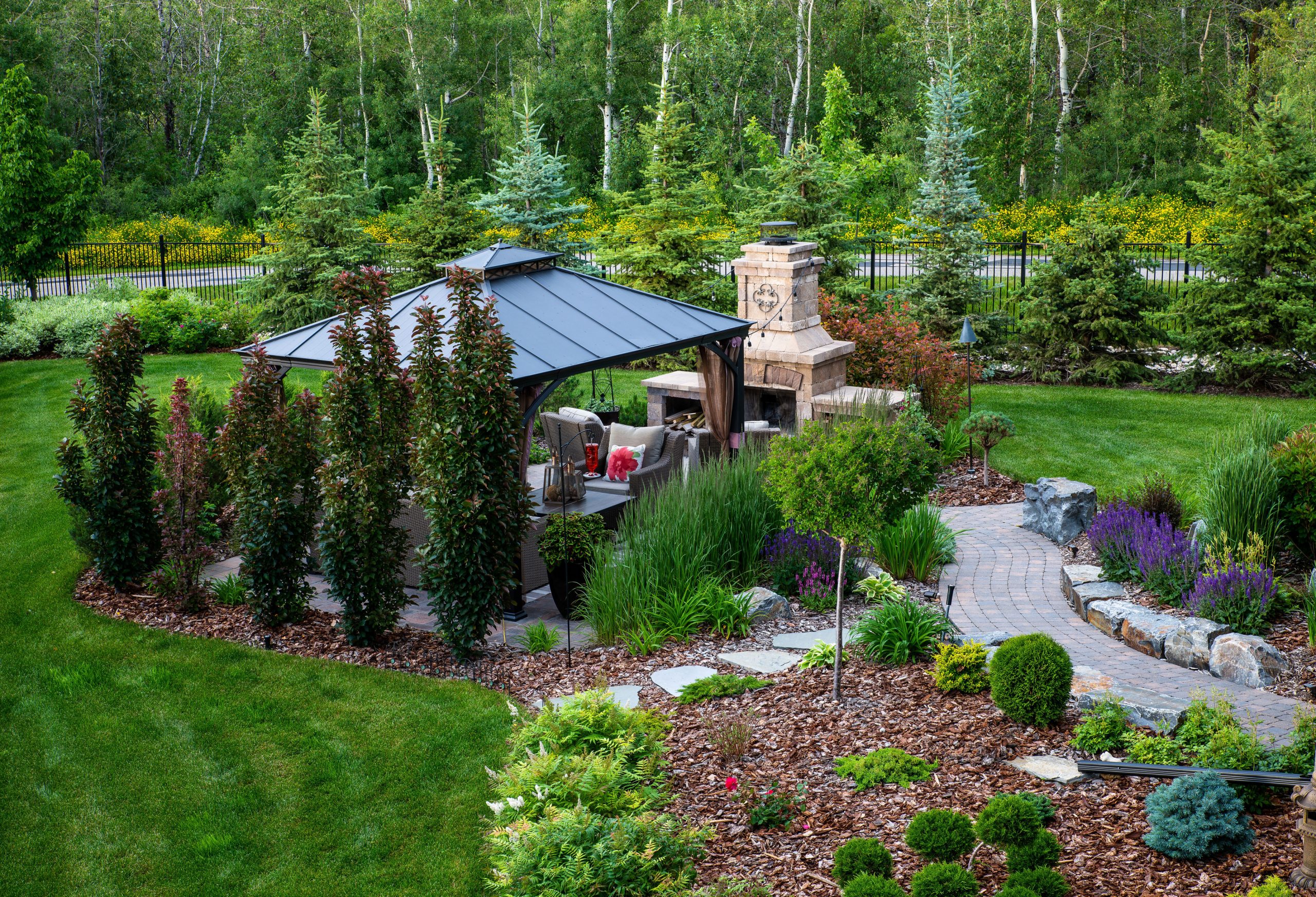6 Simple Techniques For Hilton Head Landscapes
6 Simple Techniques For Hilton Head Landscapes
Blog Article
The Best Strategy To Use For Hilton Head Landscapes
Table of ContentsThe 2-Minute Rule for Hilton Head LandscapesThe Facts About Hilton Head Landscapes UncoveredThe 10-Second Trick For Hilton Head LandscapesOur Hilton Head Landscapes StatementsA Biased View of Hilton Head LandscapesHilton Head Landscapes for BeginnersThe Main Principles Of Hilton Head Landscapes The Only Guide for Hilton Head Landscapes
Kind compatibility is likewise a significant component of unity in designone or more strikingly various types are good for contrast and focus, yet typically all various other kinds must have some resemblances for a merged appearance. Appearance describes exactly how rugged or great the surface area of the plant or hardscape product really feels and/or looks.
Examples of plants with coarse structure consist of philodendrons, agaves, bromeliads, hollies, hands, and hydrangeas. Features that produce great appearance include small vegetation; slim, strappy fallen leaves (turfs) or high, slim stems; little, thick twigs and tiny branches; long stems (creeping plants); and little, delicate blossoms.
Facts About Hilton Head Landscapes Uncovered
The majority of plants are average structure, in that they can not be explained as having either rugged or fine structure. Medium-textured plants act as a history to link and link the rugged- and fine-textured plants.

To make a space feel smaller sized, put the rugged appearances along the external perimeter and the fine structures closest to the viewer. The detail of the rugged appearance makes the plants show up closer and makes the area really feel smaller sized. The viewed texture of plants can likewise transform with the distance from the plant.
Hilton Head Landscapes for Dummies
Vibrant colors boost the contrast and make the appearance appear coarser, while muted colors can squash structure. Hardscape with a rugged texturesuch as very rough rocks and strong, huge timberstends to make all plant product show up much more medium textured. Developers frequently establish an appearance study (Number 8) on paper to help determine the arrangement of plant products.
Number 8. Appearance study. Shade in plant product and hardscape adds interest and variety to the landscape. Color is one of the most obvious element in the landscape and is generally the focus of most property owners; nevertheless, it is likewise one of the most short-term element, usually lasting just a couple of weeks a year for individual plants.
About Hilton Head Landscapes
A straightforward summary of the color wheel includes the three main shades of red, blue, and yellow; the 3 second colors (a mix of two primaries) of green, orange, and violet; and 6 tertiary shades (a mix of one surrounding primary and additional shade), such as red-orange. Shade concept clarifies the connection of colors per various other and exactly how they should be made use of in a make-up.

Comparable (occasionally called harmonious) color schemes are any type of 3 to five shades that are adjacent on the shade wheel, such as red, red-orange, orange, yellow-orange, and yellow, or blue, blue-violet, and violet (landscapers in bluffton sc). The colors relate to each various other because they normally include two primaries mixed to form an additional and 2 tertiary shades, which indicates they share typical residential or commercial properties
Complementary shades are often located naturally in flowers; a common set is yellow and violet. Color is located in the blossoms, vegetation, bark, and fruit of plants.
Fascination About Hilton Head Landscapes
Eco-friendly vegetation in all its various tones is the dominant shade by amount, but various other colors catch focus quicker since of their high contrast to the shade green. Color is additionally discovered in structures, rocks, pavers, wood, and furnishings. Many shades in natural products, such as rock and timber, are usually low-key and have a tendency to be variants of brown, tan, and pale yellow.
Color is a crucial component for developing interest and range in the landscape. Shades have residential or commercial properties that can impact emotions, spatial understanding, light high quality, equilibrium, and emphasis. One residential property of shade is defined about temperaturecolors seem great or cozy and can impact emotions or sensations. Trendy colors often tend to be calming and must be utilized in areas for relaxation and serenity.
Unknown Facts About Hilton Head Landscapes
The "temperature" of colors can additionally affect the perception of range. Trendy colors often tend to decline and are regarded as being farther away, making a space feel bigger. Cozy shades tend to breakthrough and are perceived as being more detailed, making a space feel smaller. Shade can additionally be utilized to record interest and straight sights.
For instance, bright yellow, which has the highest possible strength, also has a high comparison with all various other colors (usually referred to as a "pop" of color) and need to be used sparingly. A percentage of intense color has as much visual weight as a huge quantity of an extra controlled or weaker shade.
Analogous (often called unified) color design are any three to five colors that are nearby on the color wheel, such as red, red-orange, orange, yellow-orange, and yellow, or blue, blue-violet, and violet. The colors are associated per various other due to the fact that they typically include two primaries mixed to form a secondary and two tertiary colors, which means they share common properties.
See This Report on Hilton Head Landscapes
They tend to have high comparison in between them. One of the most typical collections are violet and yellow, red and eco-friendly, and blue and orange. view it Complementary colors are typically found normally in blossoms; a common set is yellow and violet. Color is found in the blossoms, vegetation, bark, and fruit of plants.
Green vegetation in all its various tones is the dominant shade by quantity, yet other shades catch attention a lot more readily due to their high contrast to the shade eco-friendly - landscaping hilton head sc - https://linktr.ee/h1tnhdlndscps. Color is also found in buildings, rocks, pavers, wood, and furnishings. Most shades in natural materials, such as rock and wood, are typically soft and have a tendency to be variations of brownish, tan, and light yellow
Get This Report about Hilton Head Landscapes
Colors have buildings that can impact feelings, spatial understanding, light top quality, equilibrium, and emphasis. Amazing shades have a tendency to be soothing and must be made use of in areas for leisure and peacefulness.
The "temperature" of shades can also impact the understanding of distance. Great shades have a tendency to decline and are regarded as being further away, making a room feel larger. Warm colors often tend to breakthrough and are regarded as being better, making an area feel smaller sized. Shade can likewise be made use of to record interest and direct sights.
Intense yellow, which has the greatest intensity, additionally has a high contrast with all other shades (commonly explained as a "pop" of shade) and must be used moderately. A percentage of intense shade has as much aesthetic weight as a big amount of a more controlled or weak shade.
Report this page